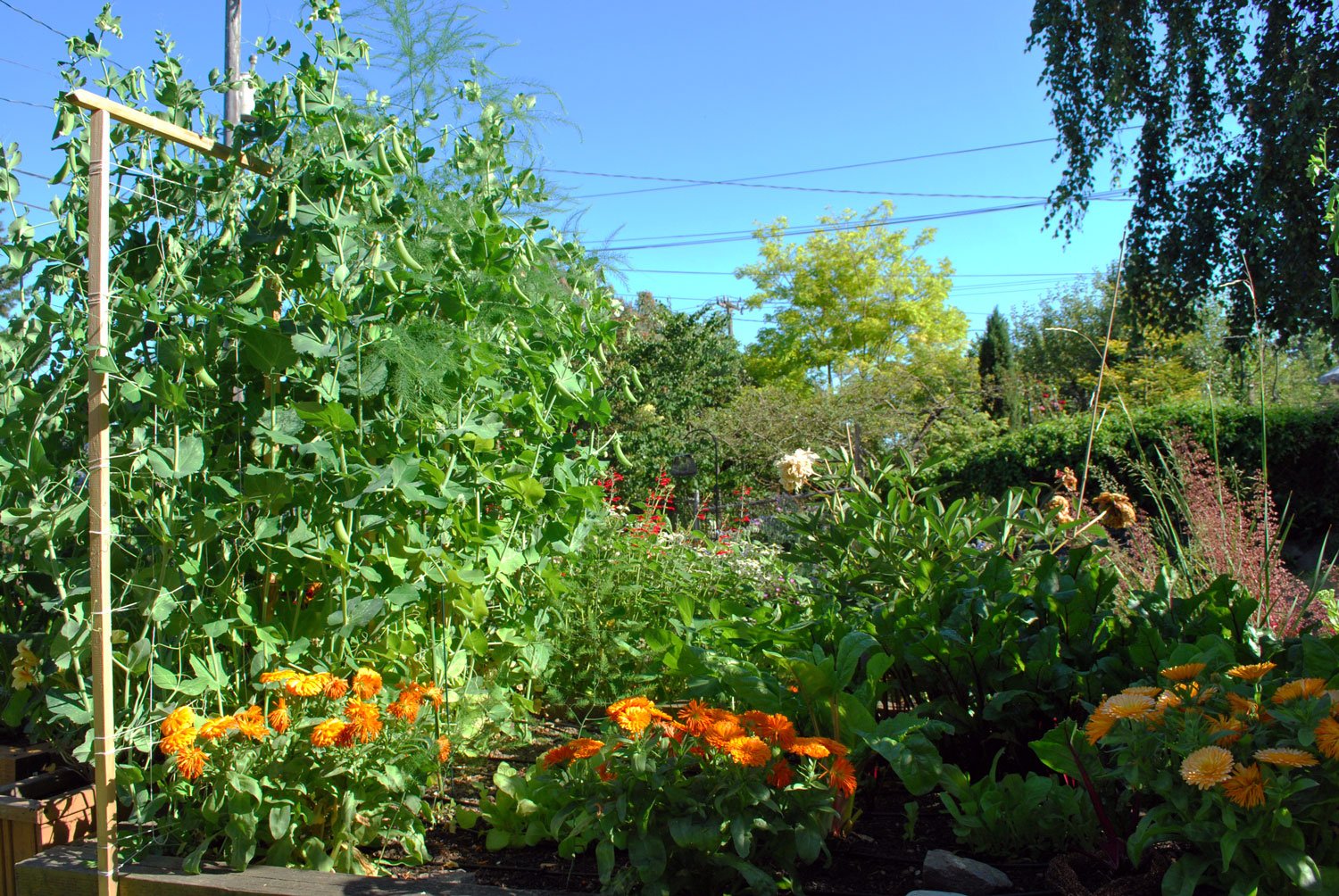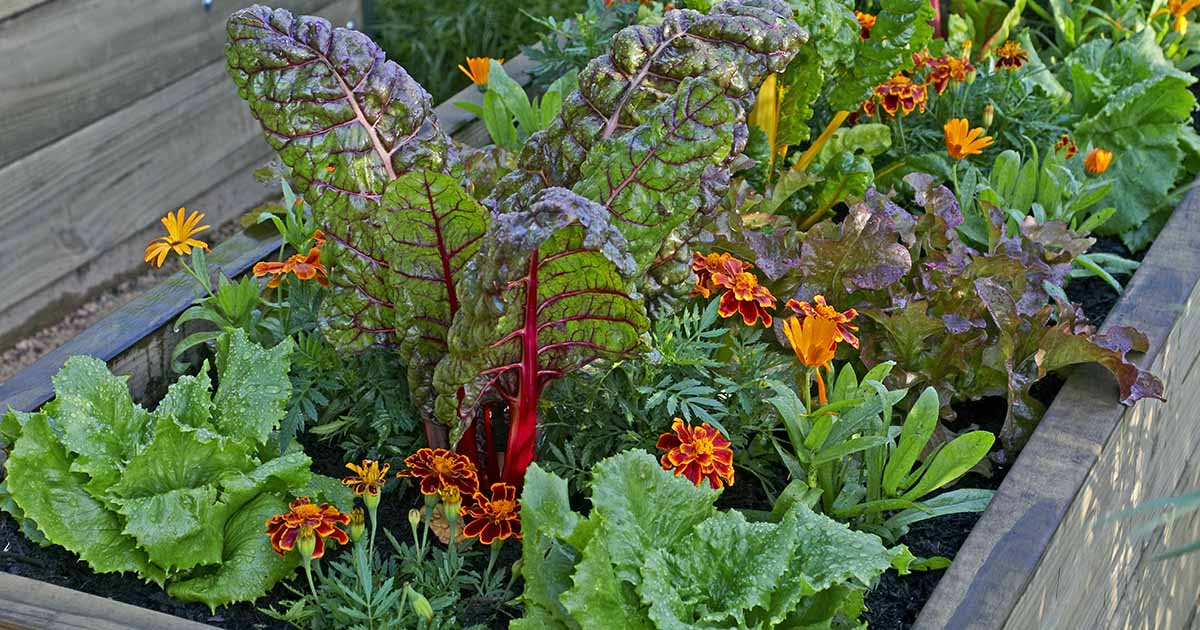Companion Plants That Will Boost Your Wheat Crop
Introduction
Wheat is a staple food crop for millions of people around the world. It is a relatively low-maintenance crop, but there are a few things that you can do to boost your wheat crop's yield and quality. One of these things is to plant companion plants.
Companion plants are crops that are planted together for mutual benefit. They can help to improve the soil, attract beneficial insects, and deter pests. In the case of wheat, companion plants can help to:
- Increase nitrogen fixation. Some companion plants, such as legumes, are able to fix nitrogen from the air. This nitrogen can then be used by the wheat plant, reducing the need for fertilizer.
- Attract beneficial insects. Many companion plants attract beneficial insects, such as ladybugs and lacewings. These insects help to control pests that can damage wheat crops.
- Deter pests. Some companion plants have strong scents that can deter pests. For example, marigolds are known to repel nematodes.
Main Content
There are many different companion plants that can be planted with wheat. Some of the most popular options include:
- Legumes: Legumes, such as peas, beans, and lentils, are able to fix nitrogen from the air. This nitrogen can then be used by the wheat plant, reducing the need for fertilizer.
- Brassicas: Brassicas, such as radishes, turnips, and mustard, help to suppress weeds and improve soil health. They also attract beneficial insects, such as ladybugs and lacewings.
- Marigolds: Marigolds have a strong scent that can deter nematodes and other pests. They also attract beneficial insects.
- Sunflowers: Sunflowers are tall plants that can help to shade the wheat crop, reducing the risk of heat stress. They also attract beneficial insects.
- Clover: Clover is a legume that can fix nitrogen and improve soil health. It also makes a good groundcover for winter wheat.
When choosing companion plants for your wheat crop, it is important to consider the specific needs of your crop and the climate in your area. For example, if you are growing wheat in a hot climate, you may want to choose companion plants that can help to shade the crop.
Conclusion
Planting companion plants with wheat can be a great way to boost your crop's yield and quality. By choosing the right companion plants, you can improve the soil, attract beneficial insects, and deter pests. This can help to reduce your input costs and improve your bottom line.
Wheat is a staple crop that has been cultivated for centuries. It is a good source of protein and fiber, and it can be used to make a variety of foods, including bread, pasta, and cereal.
One way to improve the yield and quality of your wheat crop is to use companion planting. Companion planting is the practice of planting different crops together in a way that benefits each other.
There are a number of companion plants that can be beneficial for wheat. Some of these include:
- Beans: Beans fix nitrogen in the soil, which can help to improve the fertility of the soil for wheat.
- Cabbage: Cabbage repels pests that can damage wheat, such as aphids and cabbage worms.
- Carrots: Carrots help to suppress weeds, which can compete with wheat for water and nutrients.
- Peas: Peas improve the drainage of the soil, which can help to prevent root rot in wheat.
If you are interested in learning more about companion planting for wheat, I recommend visiting the website Gardenia Inspiration. This website provides a comprehensive list of companion plants for wheat, as well as information on how to plant and care for these plants.
FAQ of companion plants for wheat
Question 1: What are some good companion plants for wheat?
Answer: Some good companion plants for wheat include:
- Beans: Beans fix nitrogen in the soil, which can benefit the wheat crop.
- Carrots: Carrots help to suppress weeds, and their roots help to aerate the soil.
- Cucumbers: Cucumbers help to attract beneficial insects, such as ladybugs, which can help to control pests.
- Lettuce: Lettuce helps to suppress weeds, and it can also be used as a living mulch to help conserve moisture.
- Marigolds: Marigolds help to repel pests, such as aphids and spider mites.
Question 2: What are some plants that should not be planted near wheat?
Answer: Some plants that should not be planted near wheat include:
- Cabbage: Cabbage can attract pests that also attack wheat, such as the cabbage worm.
- Potatoes: Potatoes can compete with wheat for water and nutrients.
- Tomatoes: Tomatoes can attract pests that also attack wheat, such as the tomato hornworm.
Question 3: How do companion plants benefit wheat?
Answer: Companion plants can benefit wheat in a number of ways, including:
- Attracting beneficial insects: Some companion plants, such as marigolds, attract beneficial insects that can help to control pests.
- Suppressing weeds: Some companion plants, such as carrots, help to suppress weeds, which can reduce the need for herbicides.
- Aerating the soil: Some companion plants, such as lettuce, help to aerate the soil, which can improve drainage and root growth.
- Providing nutrients: Some companion plants, such as beans, fix nitrogen in the soil, which can provide a source of nitrogen for the wheat crop.
Question 4: How far apart should companion plants be planted from wheat?
Answer: The distance between companion plants and wheat will vary depending on the specific plants involved. However, in general, companion plants should be planted at least 12 inches apart from wheat. This will help to ensure that the plants have enough space to grow and thrive.
Question 5: What are some other benefits of companion planting?
Answer: Companion planting can offer a number of other benefits, including:
- Increased crop yields: Companion planting can help to increase crop yields by providing beneficial insects, suppressing weeds, and aerating the soil.
- Improved soil health: Companion planting can help to improve soil health by increasing organic matter content and reducing the need for herbicides.
Image of companion plants for wheat
- Nasturtium: Nasturtium is a great companion plant for wheat because it helps to repel pests, such as aphids, cabbage worms, and flea beetles. It also helps to improve the soil quality by fixing nitrogen.

- Marigold: Marigolds are another good companion plant for wheat because they help to repel pests, such as rootworms and wireworms. They also help to improve the soil quality by suppressing weeds.

- Chickweed: Chickweed is a low-growing plant that helps to suppress weeds and improve the soil quality. It also helps to attract beneficial insects, such as ladybugs and lacewings, which help to control pests.

- Borage: Borage is a flowering plant that helps to attract pollinators, such as bees and butterflies. It also helps to improve the soil quality by fixing nitrogen.

- Sweet Alyssum: Sweet alyssum is a flowering plant that helps to attract pollinators and suppress weeds. It also has a pleasant fragrance that can help to deter pests.

Post a Comment for " Companion Plants That Will Boost Your Wheat Crop"